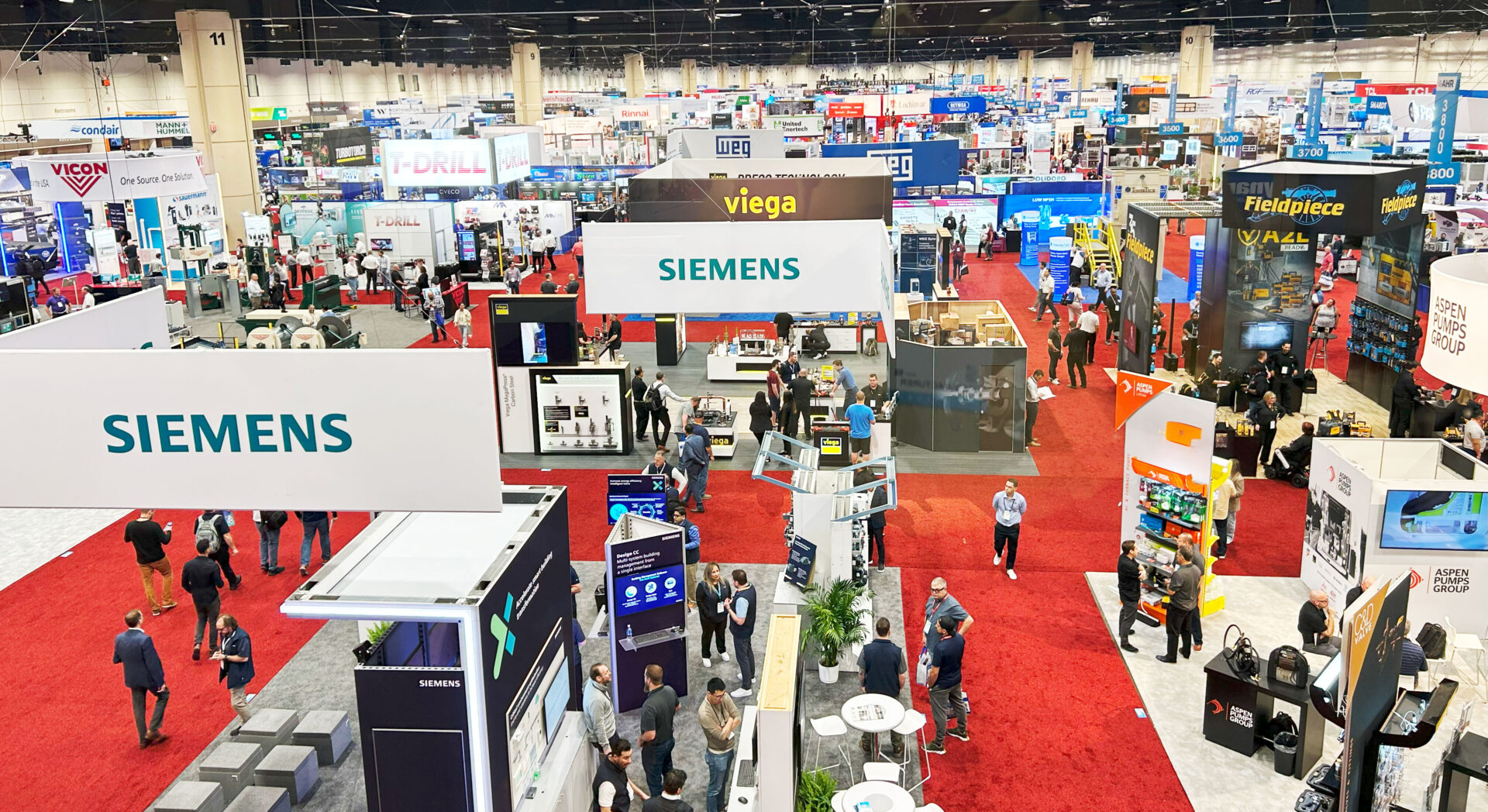
Step up to the Challenge: Cleaner Air in Buildings
How to Improve Indoor Air Quality Plus the Innovations Needed to Remediate Concerns.
Indoor Air Quality Standards are now Higher than Ever
Collectively, we all measure the health of the water we drink on a daily basis and the outdoor air pollutants that affect our breathing everyday, but why has indoor air quality been an afterthought? As Americans, we spend 90% of our time indoors so setting higher standards and guidelines for indoor air quality (IAQ) has been long overdue. The Biden-Harris administration, in relation to creating the COVID-19 Preparedness Plan, realized IAQ should be top of mind for all building owners and operators to expedite getting back to a ‘new normal’ and therefore launched The Clean Air in Buildings Challenge. In March 2022, the White House delivered the call to action and included important steps for building stakeholders to follow and meet the challenge. By bringing higher standards for indoor air quality into focus, along with some innovation in how to remediate air quality concerns, healthier buildings are more attainable than ever.
As part of the Clean Air in Buildings Challenge, the Environmental Protection Agency (EPA) published a best practices guide for improving indoor air quality and reducing the risk of spreading dangerous airborne particles. Developed in collaboration with many federal agencies, including the Department of Energy and CDC, the guidelines provide basic principles and actions recommended to improve IAQ in buildings to help reduce the risk of airborne viruses and other contaminants.
Key actions for facility owners and operators outlined in the challenge are to:
- Create an action plan and assess risk within your space.
- Optimize fresh air ventilation.
- Enhance air filtration.
- Deliver clear communication and awareness to your community.
By assessing your space and needs, one or multiple solutions to improve indoor air quality may be needed.
Cleaner Air Starts with a Layered Approach
In order to achieve clean indoor air, there are certain requirements developed by ASHRAE, the American Society of Heating, Refrigerating and Air-Conditioning Engineers, in regards to the number of air changes per hour (ACH) needed. ACH is how many times air in a given space is being replaced.
Factoring in room size, number of occupants within the area and room activity, ACH requirements range from 2-3 ACH for commercial buildings to 8+ ACH for hospital settings.
Challenge Accepted
To learn more about how we can help pave the way to healthier indoor air in your buildings, contact our team of experts here.
More posts you might like
-

3 Key Takeaways from AHR Expo 2025: What’s Shaping the Future of HVAC
The 2025 AHR Expo brought together HVAC industry leaders, innovators, and professionals to showcase the latest advancements in heating, ventilation, and air conditioning. Here are the key insights that stood out from our team on the ground. 1. Smart Technology is Enhancing, Not Replacing, Traditional HVAC A significant shift observed at this year’s expo is […]
-

Webinar Recap: Redefining Energy Efficiency
As commercial energy costs continue to rise, building operators are looking for faster, cost-effective solutions to reduce waste and improve efficiency. Heating, Ventilation, and Air Conditioning (HVAC) systems account for nearly 60-70% of total building energy consumption, making them one of the largest opportunities for savings. However, traditional HVAC systems often operate on outdated schedules, […]
-

Wildfire Smoke: Understanding the Impact on Indoor Air Quality
As we face yet another intense wildfire season, with significant events already impacting regions across the country, the challenges to air quality, both outdoors and indoors, are more pressing than ever. Wildfires contribute up to 50% of “ultrafine” particles in the air; tiny pollutants that can travel hundreds of miles and infiltrate indoor spaces, affecting […]

